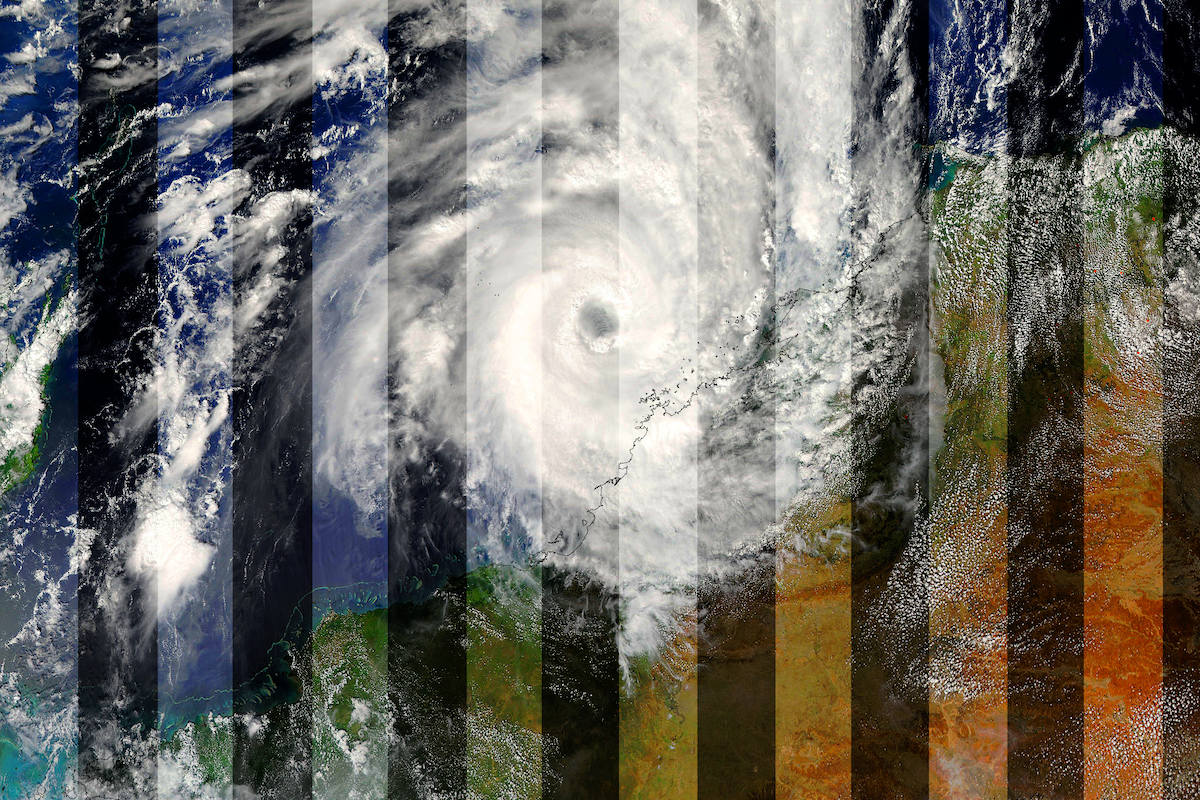 May 13, 2020 10:33 am
Published by Climate Extremes
May 13, 2020 10:33 am
Published by Climate Extremes
By comparing two models, CLEX researchers found that the current generation of convection parameterisations fail to replicate the random, chaotic nature of real-life turbulent convection.
 May 5, 2020 9:17 am
Published by Climate Extremes
May 5, 2020 9:17 am
Published by Climate Extremes
All data sources agree that positive IOD events are becoming stronger and occur more often and that the mean-state of the Indian Ocean is moving towards a more positive IOD-like state due to enhanced warming in the west compared to the east.
 May 2, 2020 4:00 am
Published by Climate Extremes
May 2, 2020 4:00 am
Published by Climate Extremes
Using a high-resolution ocean model, CLEX researchers unexpectedly found 80% of the transport in the warm water layer, known as Circumpolar Deep Water, approaches Antarctica in the colder regions.
 April 28, 2020 3:06 pm
Published by Climate Extremes
April 28, 2020 3:06 pm
Published by Climate Extremes
New study finds ocean heat asymmetry between hemispheres can be explained by natural variability in the climate system superimposed on long-term ocean warming.
 April 23, 2020 2:35 pm
Published by Climate Extremes
April 23, 2020 2:35 pm
Published by Climate Extremes
A recent study by CLEX researchers analysed a sub-cyclone that was part of a major Mediterranean storm in 2012. The results showed how the storm intensified and gave an insight into how these structures can be better forecast.
 April 22, 2020 12:22 pm
Published by Climate Extremes
April 22, 2020 12:22 pm
Published by Climate Extremes
CLEX authors and colleagues from major Australian science organisations investigating climate examined the simulation of Australian climate in the new, state-of-the-art Coupled Model Intercomparison Project, phase 6 (CMIP6) models.
 April 16, 2020 11:40 am
Published by Climate Extremes
April 16, 2020 11:40 am
Published by Climate Extremes
CLEX researchers and colleagues find Australia's infrastructure would be unable to deal with past flood events and thus is very likely to be unable to mitigate future flooding under climate change.
 April 16, 2020 10:06 am
Published by Climate Extremes
April 16, 2020 10:06 am
Published by Climate Extremes
New research finds Okubo-Weiss-Zeta parameter scheme has superior performance detecting tropical cyclone frequency characteristics compared to the CSIRO tracking scheme.
 April 15, 2020 3:18 pm
Published by Climate Extremes
April 15, 2020 3:18 pm
Published by Climate Extremes
Most climate models correct for current SSTs but don't correct for the reliability of future SSTs. This study shows that making that additional correction has a profound impact on how tropical cyclones will develop in a warmer world.
 April 15, 2020 1:51 pm
Published by Climate Extremes
April 15, 2020 1:51 pm
Published by Climate Extremes
To better assess the degree of organisation in radar observations CLEX researchers developed the Radar Organisation Metric (ROME). ROME's statistical properties suggest it is able to distinguish between the degree of convective organisation, and it also captures different regimes of the monsoon in Northern Australia.










